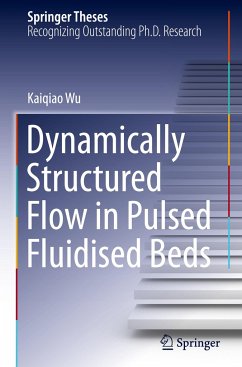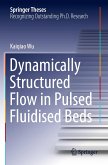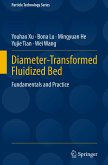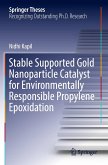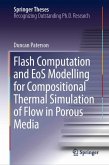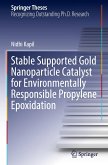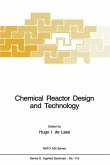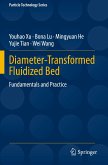This book analyses the use of a pulsed gas flow to structure bubbling gas-solid fluidised beds and to induce a special fluidisation state, called "dynamically structured flow", as a promising approach to process intensification.
It explores the properties of bubbles rising in staggered periodic arrays without direct interaction, assessing their size, separation, and velocity, and explains how a highly uniform, scalable flow offers tight control over the system hydrodynamics. These features are desirable, as they not only bypass engineering challenges occurring in traditional operations, such as maldistribution and non-uniform contact, but also allow to decouple conflicting design objectives, such as mixing and gas-solid contact. The thesis also presents computational simulations which reveal the periodic transitions of the particulate phase between fluid-like and solid-like behaviour.
This book will be of interest to researchers, engineers, and graduatestudents alike, particularly those working in industrial drying, combustion, and chemical production.
It explores the properties of bubbles rising in staggered periodic arrays without direct interaction, assessing their size, separation, and velocity, and explains how a highly uniform, scalable flow offers tight control over the system hydrodynamics. These features are desirable, as they not only bypass engineering challenges occurring in traditional operations, such as maldistribution and non-uniform contact, but also allow to decouple conflicting design objectives, such as mixing and gas-solid contact. The thesis also presents computational simulations which reveal the periodic transitions of the particulate phase between fluid-like and solid-like behaviour.
This book will be of interest to researchers, engineers, and graduatestudents alike, particularly those working in industrial drying, combustion, and chemical production.

